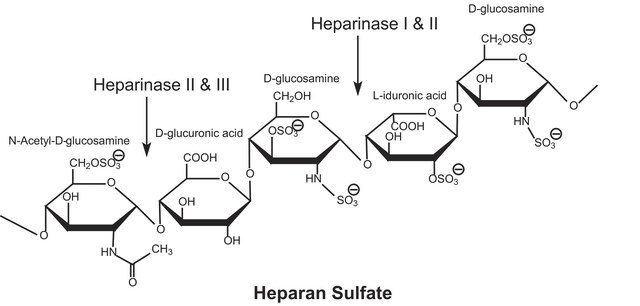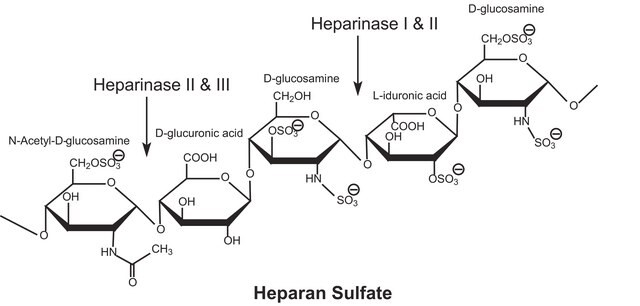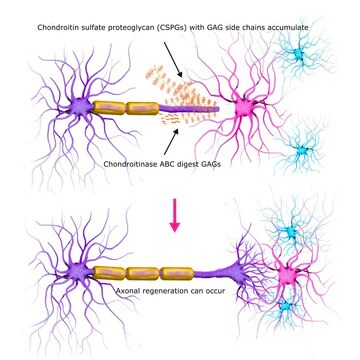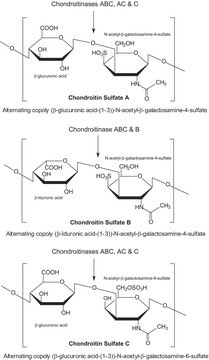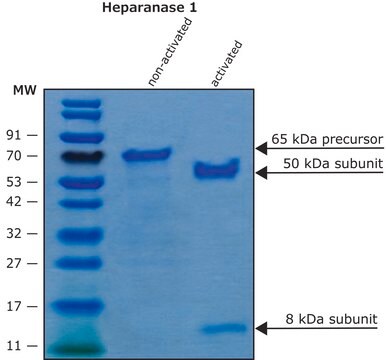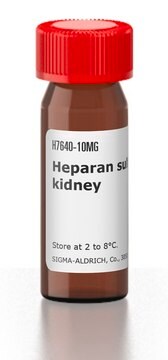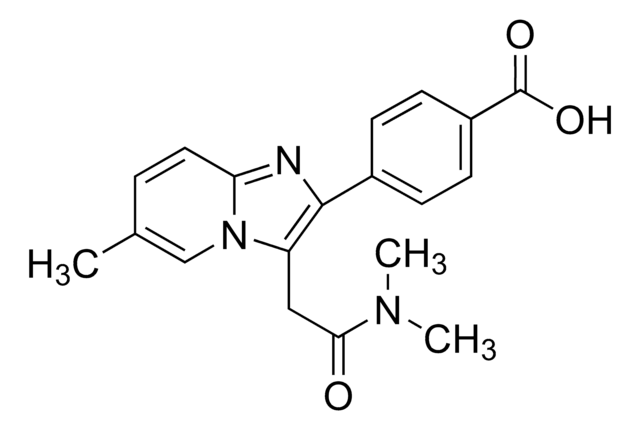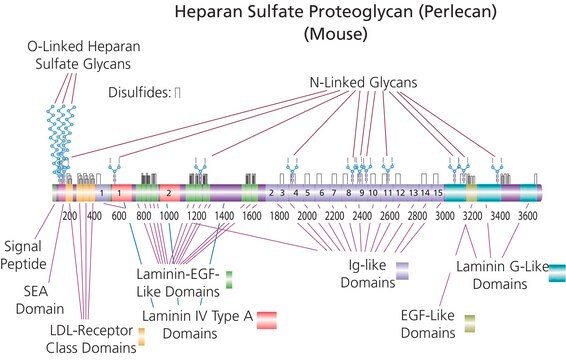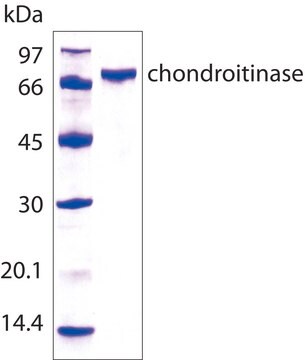Kluczowe dokumenty
H2519
Heparinase I from Flavobacterium heparinum
Lyophilized powder stabilized with approx. 25% bovine serum albumin, ≥200 units/mg protein (enzyme + BSA)
Synonim(y):
Heparin lyase I, Heparinase
About This Item
Polecane produkty
białko sprzężone
conjugate (Glucosaminoglycan)
Poziom jakości
Postać
lyophilized solid
aktywność właściwa
≥200 units/mg protein (enzyme + BSA)
masa cząsteczkowa
42.8 kDa
Zastosowanie
diagnostic assay manufacturing
temp. przechowywania
−20°C
Szukasz podobnych produktów? Odwiedź Przewodnik dotyczący porównywania produktów
Zastosowanie
- in the digestion of plasma samples
- to study the effect of medium, washing and sonication on the infectivity of Chlamydia pneumonia
- in enzymatic removal of heparan sulfate from the surface of human rhabdomyosarcoma cells
Działania biochem./fizjol.
Definicja jednostki
Inne uwagi
Hasło ostrzegawcze
Danger
Zwroty wskazujące rodzaj zagrożenia
Zwroty wskazujące środki ostrożności
Klasyfikacja zagrożeń
Resp. Sens. 1
Kod klasy składowania
11 - Combustible Solids
Klasa zagrożenia wodnego (WGK)
WGK 3
Temperatura zapłonu (°F)
Not applicable
Temperatura zapłonu (°C)
Not applicable
Środki ochrony indywidualnej
Eyeshields, Gloves, type N95 (US)
Certyfikaty analizy (CoA)
Poszukaj Certyfikaty analizy (CoA), wpisując numer partii/serii produktów. Numery serii i partii można znaleźć na etykiecie produktu po słowach „seria” lub „partia”.
Masz już ten produkt?
Dokumenty związane z niedawno zakupionymi produktami zostały zamieszczone w Bibliotece dokumentów.
Klienci oglądali również te produkty
Produkty
A key resource feature at our Enzyme Explorer section of biochemicals is "Enzymes for Carbohydrate Analysis and Digestion." Offering kits, reagents, analysis, lists of enzymes related to PTM and carbohydrate metabolism.
Dowiedz się więcej o glikozoaminoglikanach i proteoglikanach, w tym o strukturze glikozoaminoglikanów (GAG), różnych typach GAG i ich funkcjach.
Glycosaminoglycans are large linear polysaccharides constructed of repeating disaccharide units.
Nasz zespół naukowców ma doświadczenie we wszystkich obszarach badań, w tym w naukach przyrodniczych, materiałoznawstwie, syntezie chemicznej, chromatografii, analityce i wielu innych dziedzinach.
Skontaktuj się z zespołem ds. pomocy technicznej